In 1947 Colombia’s ambassador to the UN invited LeCorbusier to visit Bogota and give a lecture on his theory of urban planning which led to him designing the plan for Bogota’s future. He imagined a modern functional city for 1.5 Million people with segmented uses: residential to the north, work in the center, and industry to the west. The plan was received with much caution, and although officialized, was never realized with only two existing remnants of it. 1) Natural and transportation systems as the main structures, and 2) the Industrial Zone out west was partially built, making it the only piece of the plan that ended up existing in its intended location, use, and layout. This Industrial Zone is an ignored example of Corbusian planning. A bastard child of his mid-century Latin-American adventures.
Bogota today holds 9 Million people, and has expanded frenetically in all directions with Corbusier’s Industrial Zone now surrounded by miles of housing while still zoned as industrial. However, most of the industry has left and the area currently sits as a centralized hollow spot holding the largest planned and executed historic industrial zone in the country, made up of mostly 1950’s modern factory buildings. Its story was never written and its origins have been forgotten. Now the zone has become easy pray for large scale developers who plan to demolish and replace it low-quality gated communities. Traditionally seen as a tough dirty dark non-place, the area is actually a fragile piece of history whose undervalued urban, spatial, and historic quality inspired us to take action.
In 2016 we started advocating for ZIBO through arts, culture, and architecture led activist urban design and development effort which is reshaping obsolete industrial spaces through art, culture and technology. We also designed an urban plan for ZIBO based on three columns: 1) Cultural: rescuing the value of the industrial heritage of the place and bring new life to it through adaptive reuse design. 2) Environmental: a mix of architectural recycling, densifying, and creation of green private and public spaces. 3) Economic: promote a new way of utilizing the area by means of allowing mixed use medium rise development.
ZIBO believes that by reutilizing the existing buildings and upcycling public space we will transform Le Corbusier’s grayest spot into one of the city’s greenest. In a city where heritage has favored colonial remnants, valuing modern industrial architecture and urbanism will have an impact in the conversations of urban development and identity. We presented our plan and design for ZIBO to city council members, the city’s Landmark’s and Heritage office, and the Planning department. Today ZIBO has been written into the city’s 12-year development plan allowing for mixed use projects to happen within a framework of adaptive reuse and industrial architecture recycling. Our advocacy managed to become policy and now we’re following is development closely. With our actions we have taken aim at demonstrating that instead of erasing the city, public efforts should be focused on reimagining how we can better use that which we have already built, giving a second life to already deployed resources.
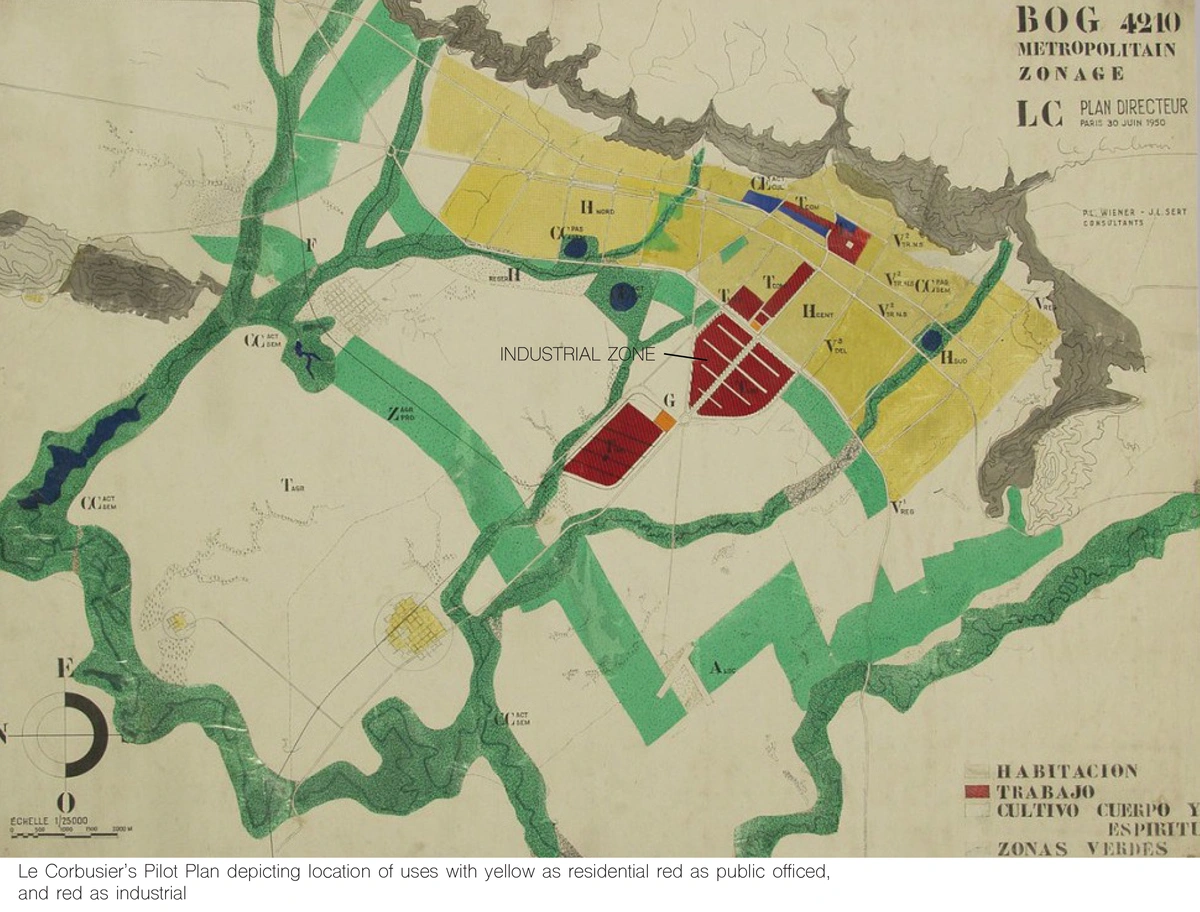
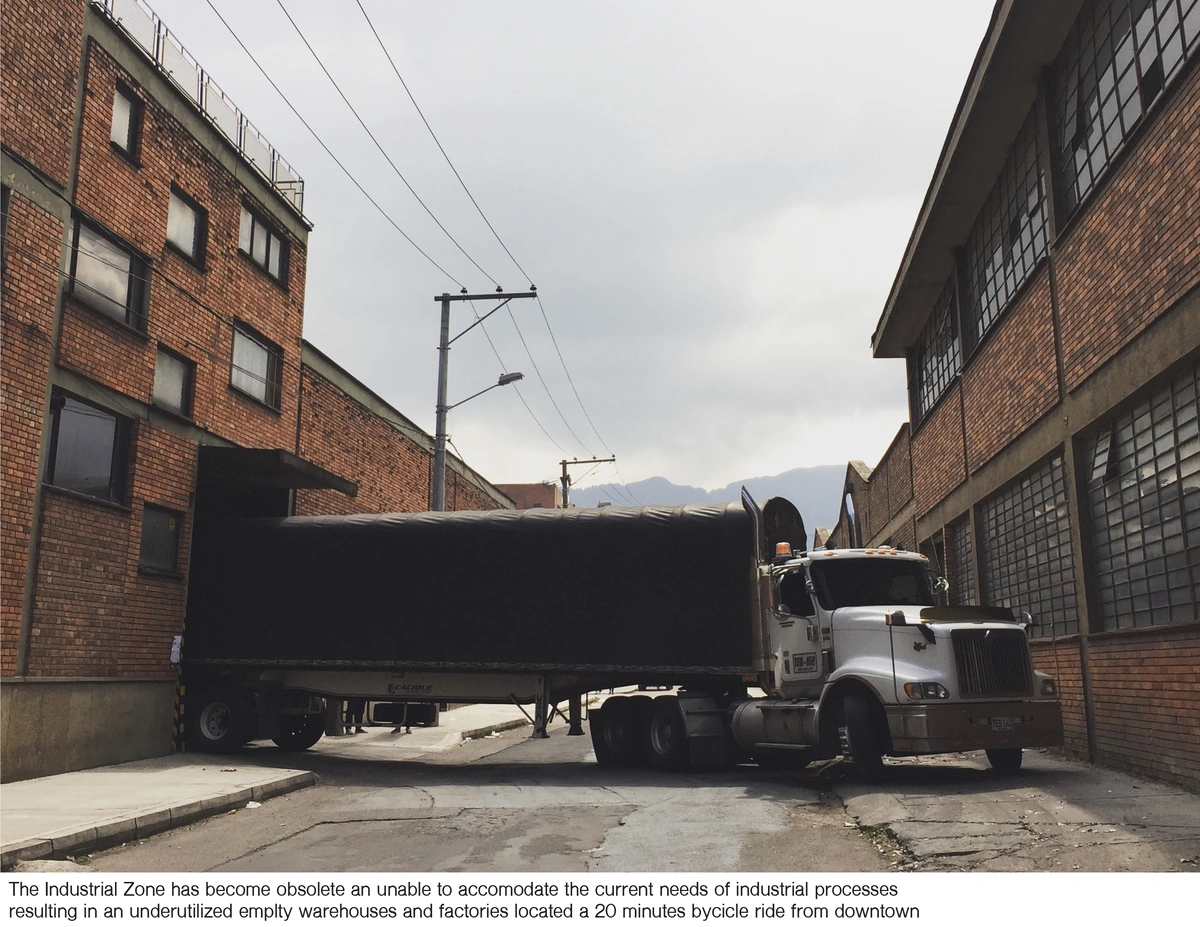
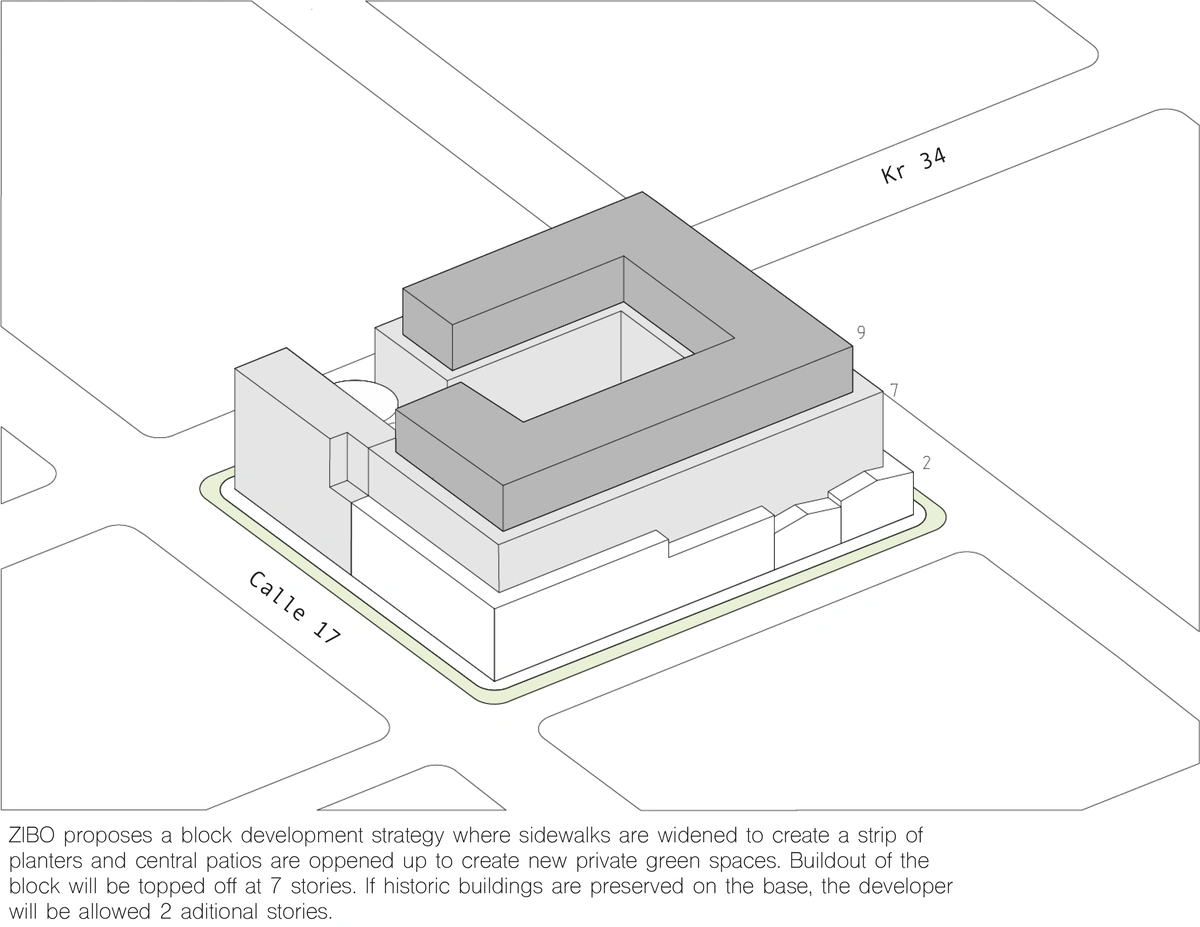
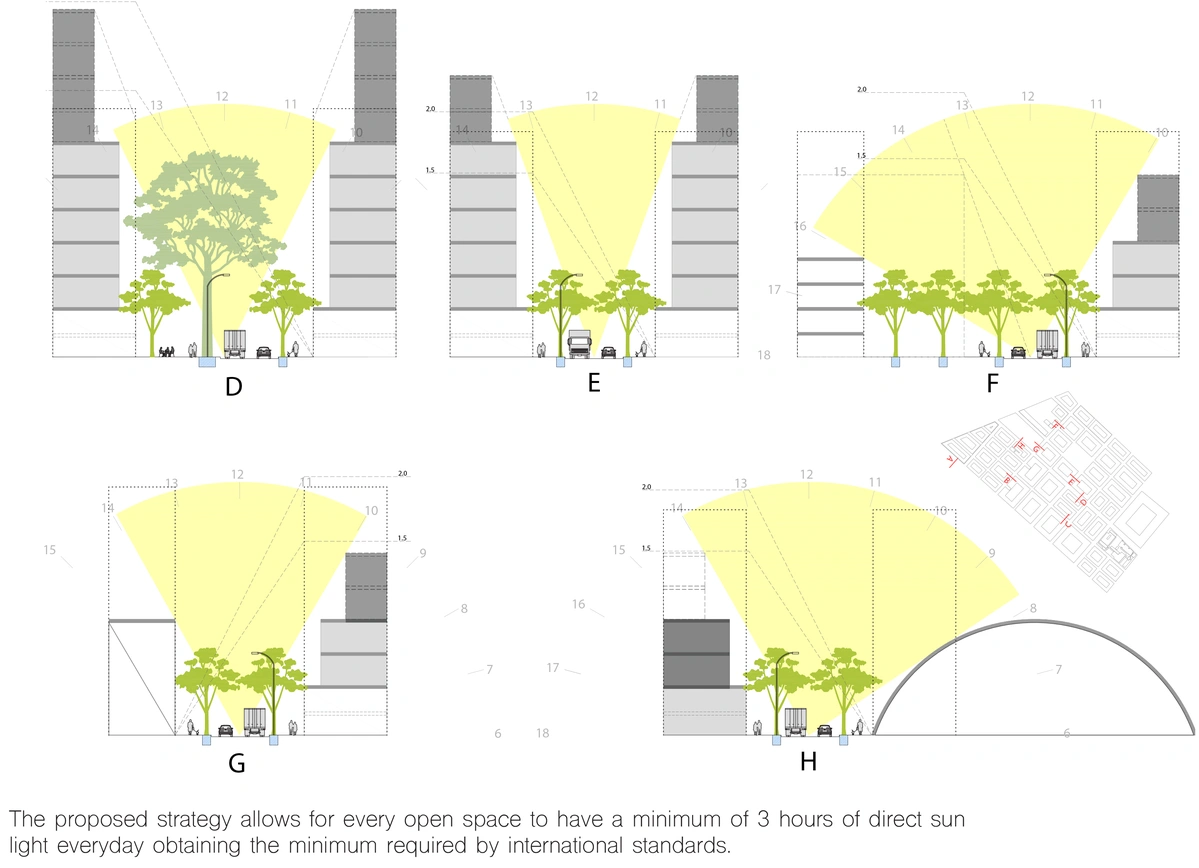
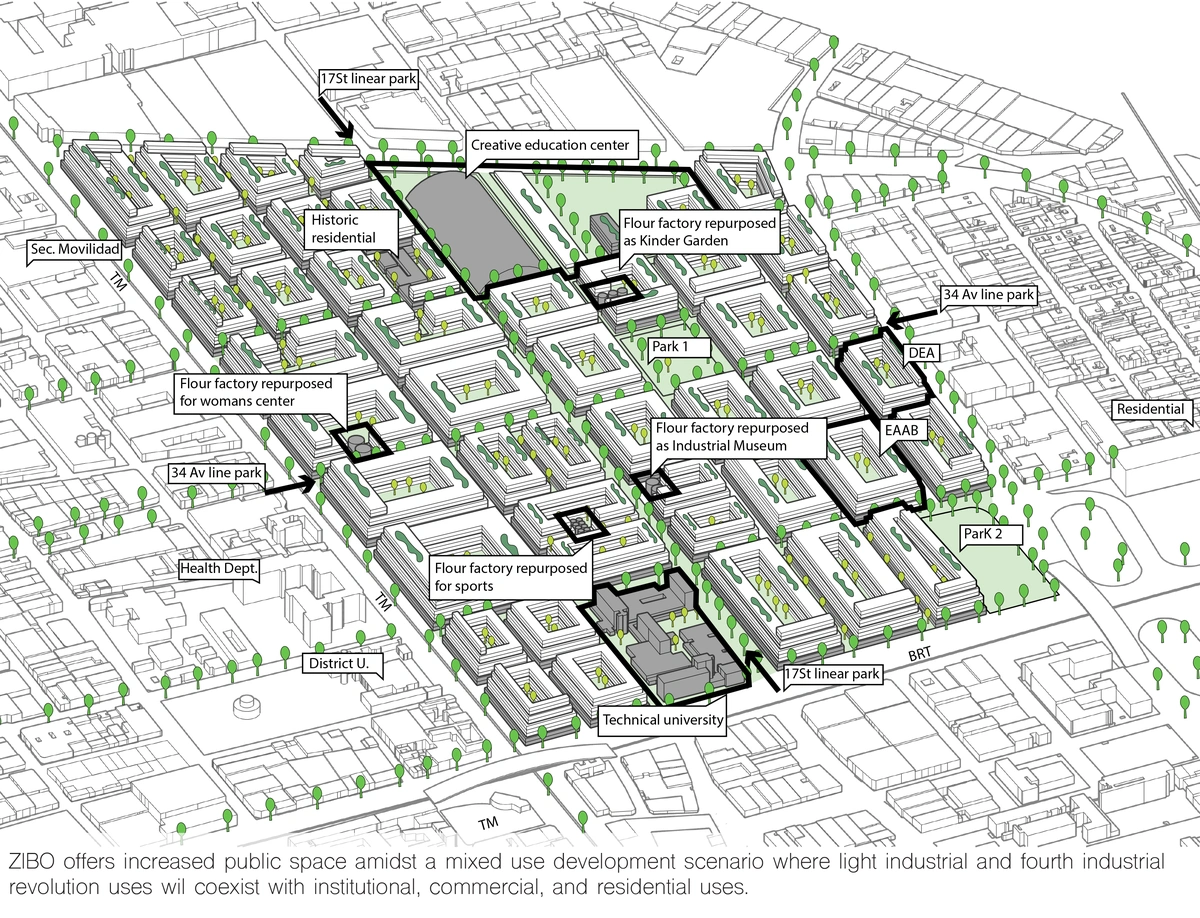
Zona Industrial Taller de Arquitectura founded by Daniel Feldman after 10 years of practice in public, private, academic, & NGOs. ZITA focuses on architecture projects with public impact and collaborative processes. ZITA is interested in atypical projects and places, where defining the role of the architect is part of the project. Daniel holds a BA in Architecture (Los Andes), and a MA in Urban Design (Harvard)
Sokoloff & Assoc. founded by Ana Sokoloff in 2004, S&A is an art advisory company active in international modern and contemporary art markets. S&A tailors its curatorial approach to collector’s interests, resources, and long-term goals, providing comprehensive guidance on collection strategy, management, and institutional affiliations. Ana also co-founded S/W Ediciones, an Artist Book editorial working with contemporary Latin American artist to conceptualize and produce limited edition artist books. Ana holds a BA in Law (Los Andes), and a MA in Theory of Art History (Columbia)